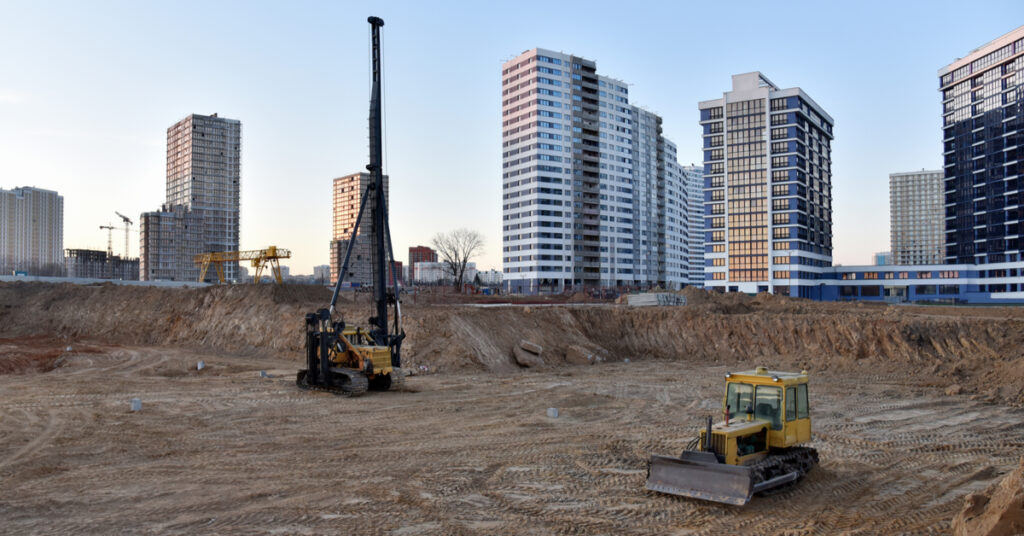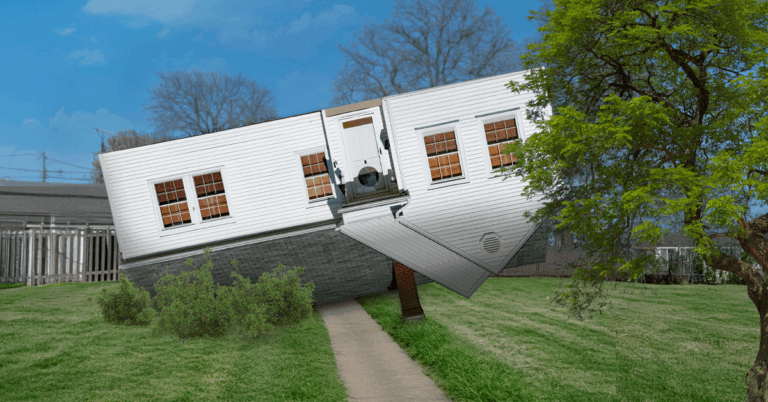More details about COVID-19’s unprecedented impact on the housing market were revealed on Thursday as the U.S. Census Bureau and the Department of Housing and Urban Development announced that housing starts in March sank 22.3% month over month.
The plunge from February’s revised numbers — the steepest monthly dive since 1984 — brought starts to a seasonally adjusted annual rate of 1.22 million. Single-family starts fell 17.5% monthly to a seasonally adjusted rate of 856,000, the lowest rate since last May. Multifamily saw an even bigger decline, with starts of units in buildings with five units of more plummeting 32.1% monthly to a pace of 347,000, the lowest figure since July.
“Housing starts fell in March, led by a particularly sharp drop in multifamily building,” said Mike Fratantoni, senior vice president and chief economist at the Mortgage Bankers Association. “Construction activity declined across the country, but was particularly weak in the Northeast, which makes sense given the severe impact of the pandemic in New York.”
Indeed, housing starts in the Northeast region were down 42.5% month over month, coming in at a paltry 69,000-unit annual pace, the lowest figure the region has seen in at least a year. The South continued to show comparative strength, leading the country with an annual rate of 693,000 starts, though as Fratantoni noted, that, too, is down from the rate of 881,000 the region saw the month prior.
Zillow economist Matthew Speakman wrote on Zillow’s blog that April could be in for even larger decreases.
“Now, even with many construction projects labeled as essential work, evidence of quickly growing pessimism among builders has begun to mount in recent weeks,” Speakman said. “Unprecedented economic uncertainty and mandatory distancing guidelines squashed homebuyer demand and builders’ ability to confidently invest in new housing projects. … April will likely be a lot worse – it took until mid-March or even later for many states to tighten restrictions, and there’s a real possibility that many builders fast-tracked what they could in those early weeks before bowing to reality.
“It’s clear that builders are, for the time being at least, battening down the hatches in an attempt to weather the initial phase of this storm as best they can.”
Odeta Kushi, deputy chief economist at First American Financial Corp., cited a recent survey from Wells Fargo and the National Association of Homebuilders in affirming that builder confidence has taken a significant hit.
“Yesterday’s homebuilder survey posted its largest one-month decline on record as all three components fell: expected future sales, present sales and buyer traffic,” Kushi said.
Still, all things considered, there were silver linings to be found scattered amongst the new construction data. For one thing, despite the large declines, numbers fell largely within expectations, according to the Wells Fargo Economics Group. And while the monthly drops were stark, housing starts actually improved year over year in March, up 1.4% from the same month in 2019.
Housing permit numbers, too, offer some upside. While down 6.8% from February’s revised pace, permits grew 5.0% year over year to a seasonally adjusted annual rate of 1.35 million. Fratantoni observed that single-family permits, while down 17.5% from February, remain ahead of last year, “indicating that plans for building will continue, despite the sharp drop in economic activity occurring in the second quarter.”
And though Kushi cautions that it will be a “slow climb” once the economy comes alight again, the housing market can lean on the strong foundation it had before the pandemic took hold.
“The industry will continue to deal with the job losses, tightened credit, and economic damage, but the fundamentals that drive new home sales — near-record low mortgage rates, a limited supply of existing homes for sale, and sturdy demand driven by millennials aging into homeownership — will begin to boost the market once more,” she said.
When that finally happens, according to Speakman, is a little more hazy.
“With so much uncertainty across the economy, and the outlook not yet getting any clearer, it’s unlikely that builder activity will revert to anything close to ‘normal’ levels any time soon,” he said.






